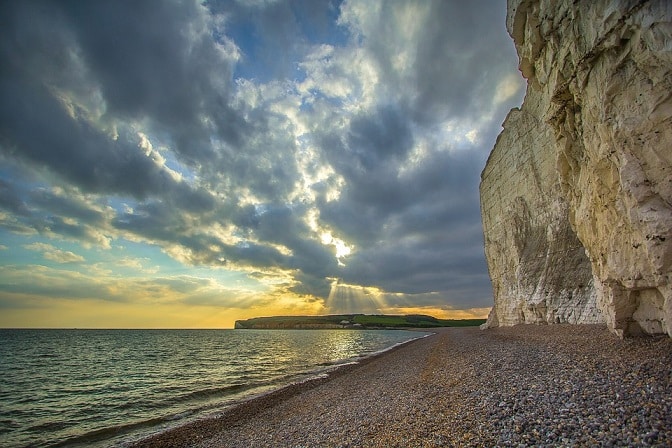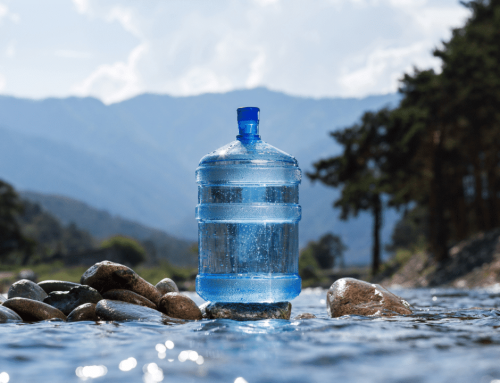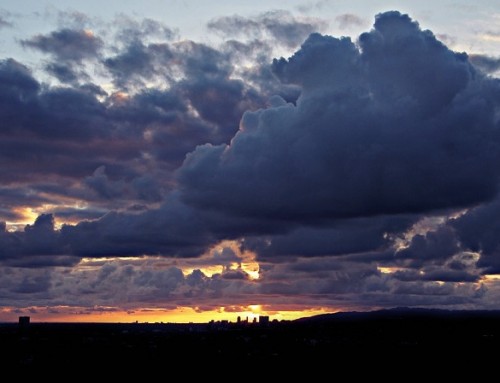Earth, also known as the Blue Planet, with 70% of its surface covered by water, to an average depth of 3,700 metres, looks like a world of water from space, and this leads us to wonder where all this water originally came from.
The water on our planet has, over aeons, shaped our continents, built our atmosphere and also contains the cradle of life somewhere in its depths.
Our oceans contain within their salty depths, millions of life forms, from bacteria to blue whales and everything in-between. They sit at the sit at the centre of our planet’s ecology, climate and weather and the water within them drives our winds, temporarily becomes clouds or ice sheets in various regions, and connects the poles via lackadaisical deep-sea currents. All of these are reflections of water’s singular role in absorbing and moving the Sun’s energy around our planet.
It may surprise you then that these oceans have not always existed on our planet; before Earth first took shape about 4.5 billion years ago, the surface of our planet was an unrecognisable hell – volcanic and bone dry.
Our oceans’ water, the substance precious to every life form and which has come to define our planet, arrived in frozen lumps from space, many hundreds of millions of years after the Earth first took shape, during one of the most violent episodes in our planet’s early history.
Water is the second most common molecule in the universe; each molecule is made from two atoms of hydrogen and one of oxygen. The hydrogen comes from the moments after creation itself, the Big Bang. As the universe exploded into being 13.7 billion years ago, some of the energy that came out of the unimaginable fireball began to condense into particles and radiation. These electrons and protons very quickly slowed down and captured each other by mutual attraction, creating hydrogen, still the most common atom in the universe.
Millions of years later clouds of hydrogen clumped together and eventually the atoms at their centre fused into helium, creating the first stars which then, when they eventually burned out billions of years later, they began to fuse their helium. All of this eventually led to the production of many of the heavy elements we know today – from helium to iron.
The stars eventually died in explosions, and their cores collapsed into a dense collection of particles known as a white dwarf, which created vast surrounding clouds of newly-minted atoms of argon, carbon, chlorine, neon, sulphur, sodium and oxygen.
Around 5 billion years ago, all the hydrogen and oxygen that would end up as water molecules on the surface of our planet came together by chance on carbon and silicon dust grains in the planetary nebula into which our Sun was born, eventually tumbling through space acquiring successive layers of ice, eventually landing on our planet. It took another few billion years and many comets, asteroids etc. pummelling the earth before our oceans were eventually born.
The moral of the story? Our water took billions of ears to arrive on earth and we need it to survive on this planet so do not waste it!
Buy water dispensers and hire water dispensers from Living-Water.






